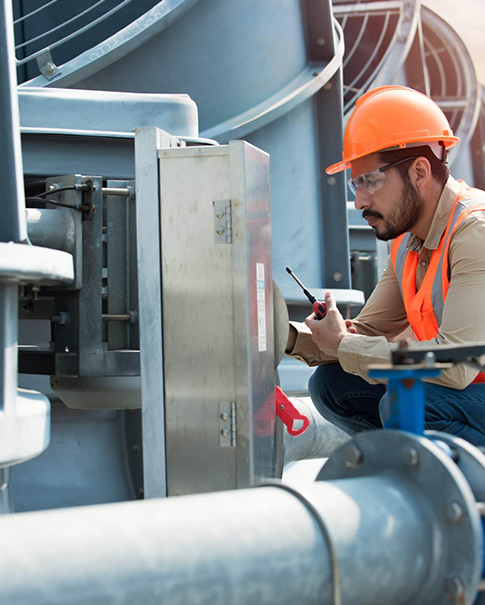The Differences Between Oil Mold Temperature Machines and Water Mold Temperature Machines
Mar 10, 2025
Hengde Company, a leading player in the industrial mold temperature control field, has been dedicated to the research, development, production, and sales of mold temperature controller machines for many years. With advanced technology, strict quality control, and a comprehensive after - sales service system, Hengde's mold temperature controller machines have established an excellent reputation in the market. Our products are widely applied in various industrial production scenarios, providing reliable support for the efficient production of numerous enterprises.
In the world of industrial temperature control, oil mold temperature machines and water mold temperature machines play crucial roles. Although they both serve the purpose of temperature regulation, there are significant differences between them. Understanding these differences can help industries make the right choice for their specific needs.
1. Working Principles
Oil Mold Temperature Machines: These machines use heat transfer oil as the heat medium. The heating element heats the oil, and then the hot oil circulates through the system via a pump. The oil transfers its heat to the process equipment, maintaining a stable temperature. Since oil has a relatively high boiling point, it can reach higher temperatures.Such as 300℃(572℉),350℃(662℉)。
Water Mold Temperature Machines: Water is the heat transfer medium in water mold temperature machines. Electric heaters heat the water, and the heated water is pumped to the equipment that requires temperature control.
2. Applicable Scenarios
Oil Mold Temperature Machines: They are suitable for applications that demand high - temperature control, such as in some plastic injection molding processes where temperatures above 100°C(212℉) are required. In the chemical industry, when dealing with reactions that occur at elevated temperatures, oil mold temperature machines can ensure accurate temperature control. They are also used in some heat - treating processes for metals.
Water Mold Temperature Machines: Ideal for applications where the required temperature is below 100°C. For example, in the food and beverage industry, water temperature machines are used to maintain the appropriate temperature for pasteurization and fermentation processes. In the pharmaceutical industry, they are used for temperature - sensitive drug production processes. In some light industrial manufacturing processes like textile dyeing, where the temperature needs to be precisely controlled within a relatively low range, water temperature machines are the go - to choice.
3. Advantages and Disadvantages
Oil Mold Temperature Machines
Advantages: Can achieve high temperatures, often up to 300°C(572℉) or more, making them suitable for high temperature demanding industrial processes. They have a relatively stable temperature control performance, as the oil's slow - changing physical properties contribute to less temperature fluctuation.
Disadvantages: Heat transfer oil is flammable, which poses a certain safety risk if not properly handled. The cost of heat transfer oil is relatively high, and it also needs to be replaced regularly. In addition, oil may cause environmental pollution if there are leaks.
Water Mold Temperature Machines
Advantages: Water is a clean, non - flammable, and low - cost heat transfer medium. It has high heat transfer efficiency, enabling rapid heating and cooling, which can improve production efficiency. It is also environmentally friendly.
Disadvantages: Limited by the boiling point of water, it is not suitable for high - temperature applications. Water can cause corrosion to metal components over time, especially if the water quality is not well - maintained.
When you are considering choosing the right mold temperature control machine, Hengde Company's rich product line can meet your different needs for oil temperature machines and water temperature machines. Our professional technical team will provide you with comprehensive technical support and customized solutions to ensure that you obtain the mold temperature control machine that best suits your production process. Choosing Hengde's mold temperature control machines means choosing efficiency, stability, and reliability. Let's work together to help your enterprise reach new heights in production.
Choose Hengde, Choose Perfect Mold Temperature Controller!
